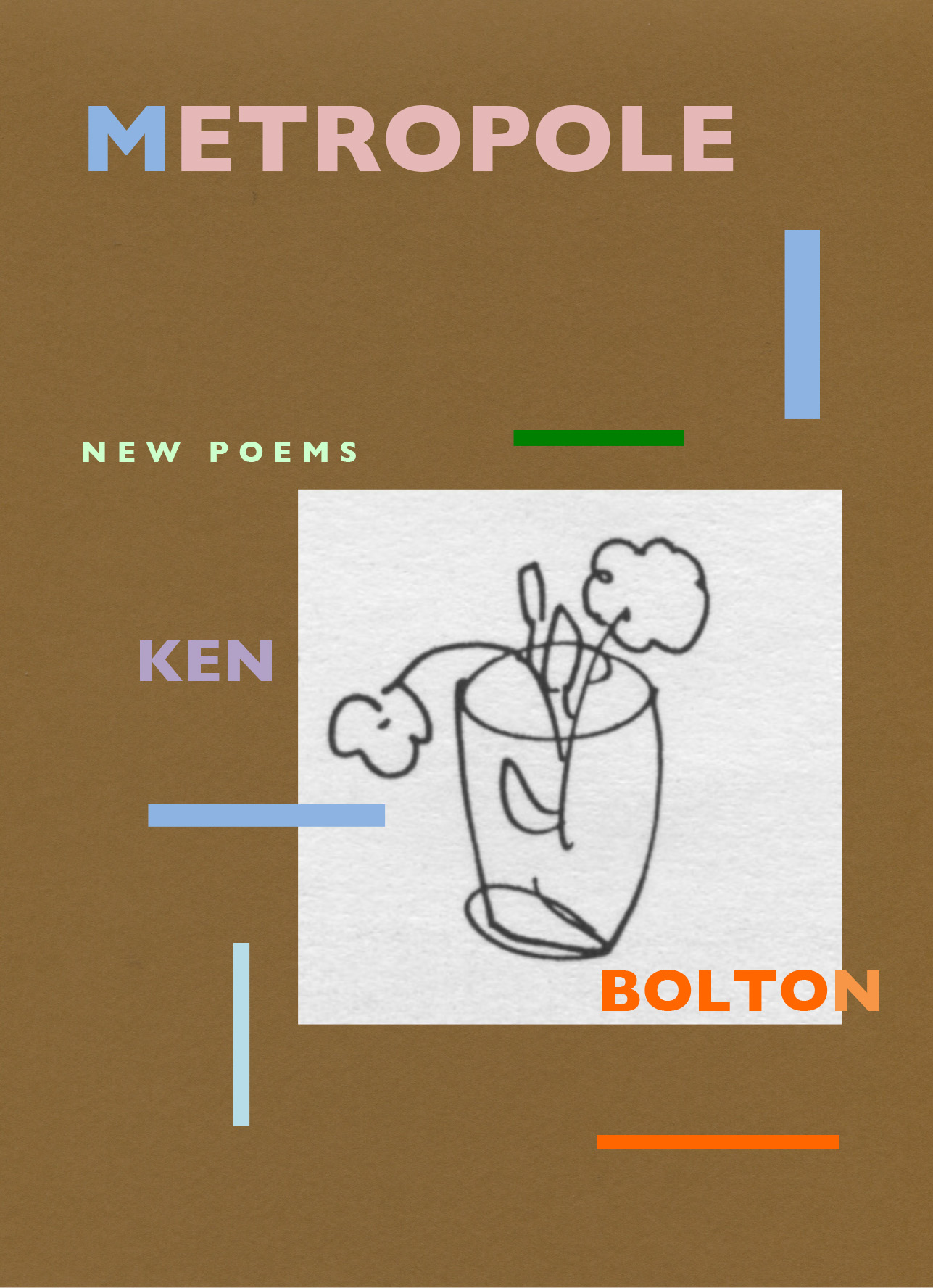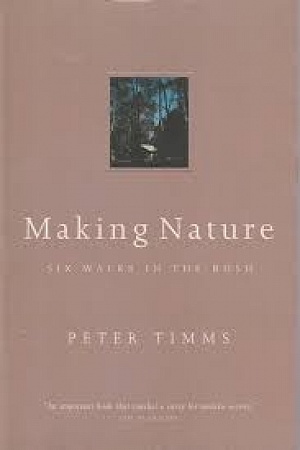On Track: Searching Out the Bundian Way
NewSouth, $39.99 pb, 342 pp, 9781742234441
On Track: Searching Out the Bundian Way by John Blay
Walking is the quintessence of human travelling. No other means so involves us in the place through which we move or makes us so aware of our bodies’ presence in it. Early in his book, John Blay writes: ‘walking has become thought. I feel I am in dialogue with nature, I understand it is telling me what I need to know.’ We can stretch Blay’s ‘nature’ to include any environment in which we walk – from bushtrack to urban footpath. We are really only in a place by walking, by feeling our footfalls on that place’s floor. Walking gives a rhythm that frees us to experience and think. We have lost much in our reliance on, even fetishisation of, the wheel, as Blay’s search for an old Aboriginal route from mountain to coast demonstrates.
On Track arises from Blay’s search for what he comes to call the Bundian Way – after the original people who lived in the area – a regularly used track and walking way that ran from the Australian Alps to Twofold Bay on the New South Wales coast. Blay’s method is to walk the area, searching the minutia at his feet as much as the vistas. In the process he becomes naturalist, archaeologist, historian, cartographer, and, perhaps most of all, story-gatherer. Blay is experienced in walking this country, and he needs to be: it is rugged country, including the Kosciuszko National Park and the Byado Wilderness. He draws on Koori friends and elders and older settler residents, as well as on archives, early maps and surveys, and pioneer anthropologists, particularly A.W. Howitt. These sources lead him on many side trips, but the book is at its best when we feel we are with Blay on the ground, as he picks his way through what his describes as ‘the logic of the landscape’.
Continue reading for only $10 per month. Subscribe and gain full access to Australian Book Review. Already a subscriber? Sign in. If you need assistance, feel free to contact us.













Leave a comment
If you are an ABR subscriber, you will need to sign in to post a comment.
If you have forgotten your sign in details, or if you receive an error message when trying to submit your comment, please email your comment (and the name of the article to which it relates) to ABR Comments. We will review your comment and, subject to approval, we will post it under your name.
Please note that all comments must be approved by ABR and comply with our Terms & Conditions.